In the heart of Camden, between St Pancras Way, Camden Road, and York Way, lies a community that has witnessed almost two centuries of change: Agar Grove.
What was once a dense, working-class district known as Agar Town is today a thriving urban neighbourhood, balancing a strong historical legacy with bold steps towards sustainability.
Its proximity to central London has historically attracted artists and industries, making it an appealing option for residents and businesses alike.
Its prime location—near King’s Cross, Mornington Crescent, Euston Road, and the historic Regent’s Canal—along major main roads and excellent transport links, has made now Agar Grove one of Camden’s most intriguing areas for new residents.
King's Cross serves as a major transportation hub and is historically significant, connecting several notable locations. In this guide, we uncover the fascinating story behind Agar Grove’s transformation.
Agar Town—The forgotten beginnings
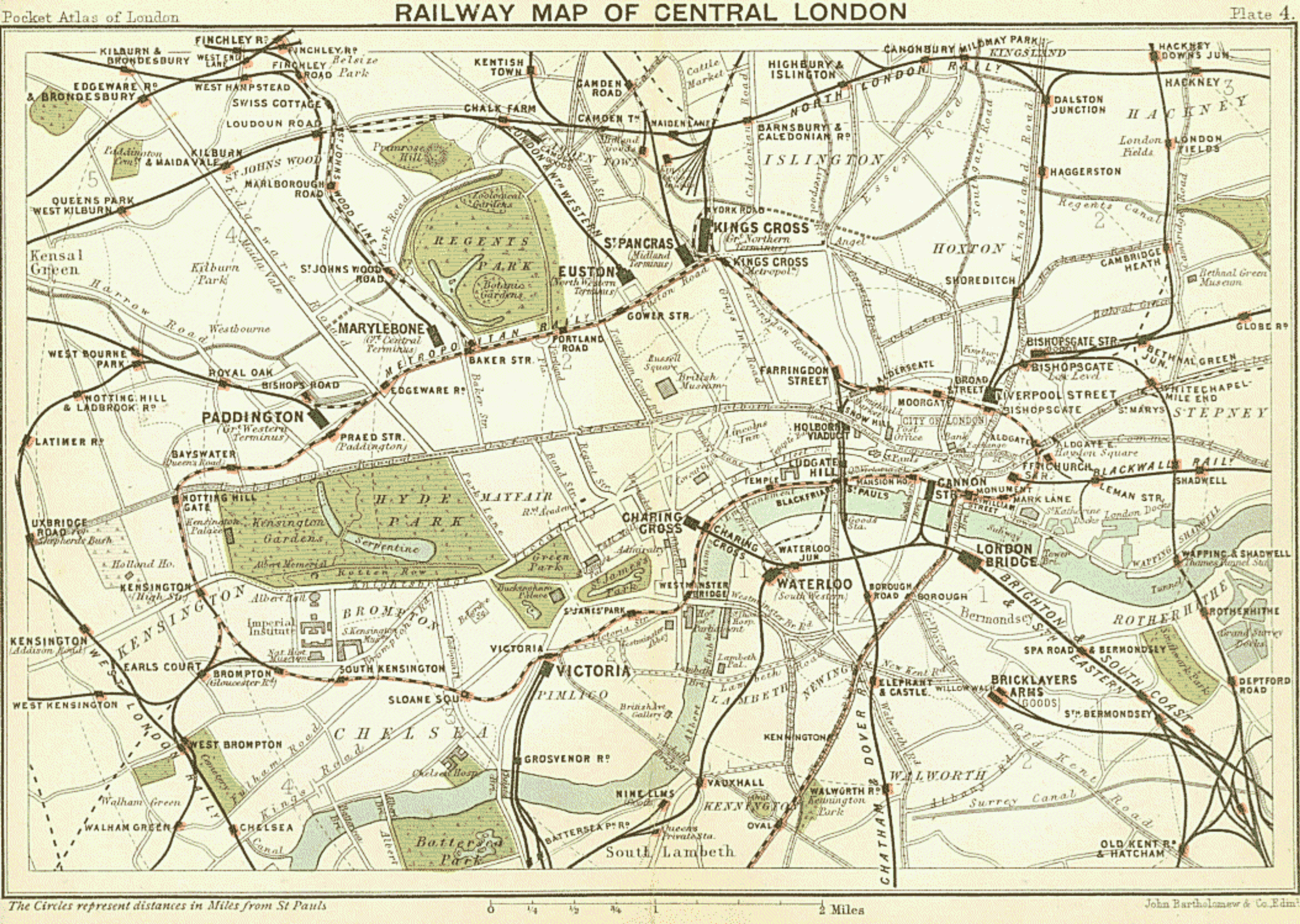
Long before sleek new apartments and eco-friendly buildings appeared, this land was home to Agar Town. Established in the 1840s, it was built rapidly on fields once owned by William Agar, a wealthy lawyer.
The neighbourhood sprang up at breakneck speed to accommodate labourers working on the North London Railway and the booming industries along Regent’s Canal.
The Camden History Society describes Agar Town as one of London’s earliest examples of unregulated urban sprawl. It was a hastily constructed settlement vulnerable to economic and health crises.
Its poor conditions were so notorious that Charles Dickens referenced similar areas in his novels, painting vivid portraits of Victorian poverty.
The builders' lives were deeply intertwined with their work, with many residing in the very structures they constructed, reflecting their social standings within the community.
Early Agar Town had none of the grand design seen in neighbouring Somers Town or further west in Bloomsbury.
Instead, it was a patchwork of cheaply built terraced houses, often without foundations or proper sanitation.
Inhabitants lived crammed together—many households squeezed four children or more into a single room.
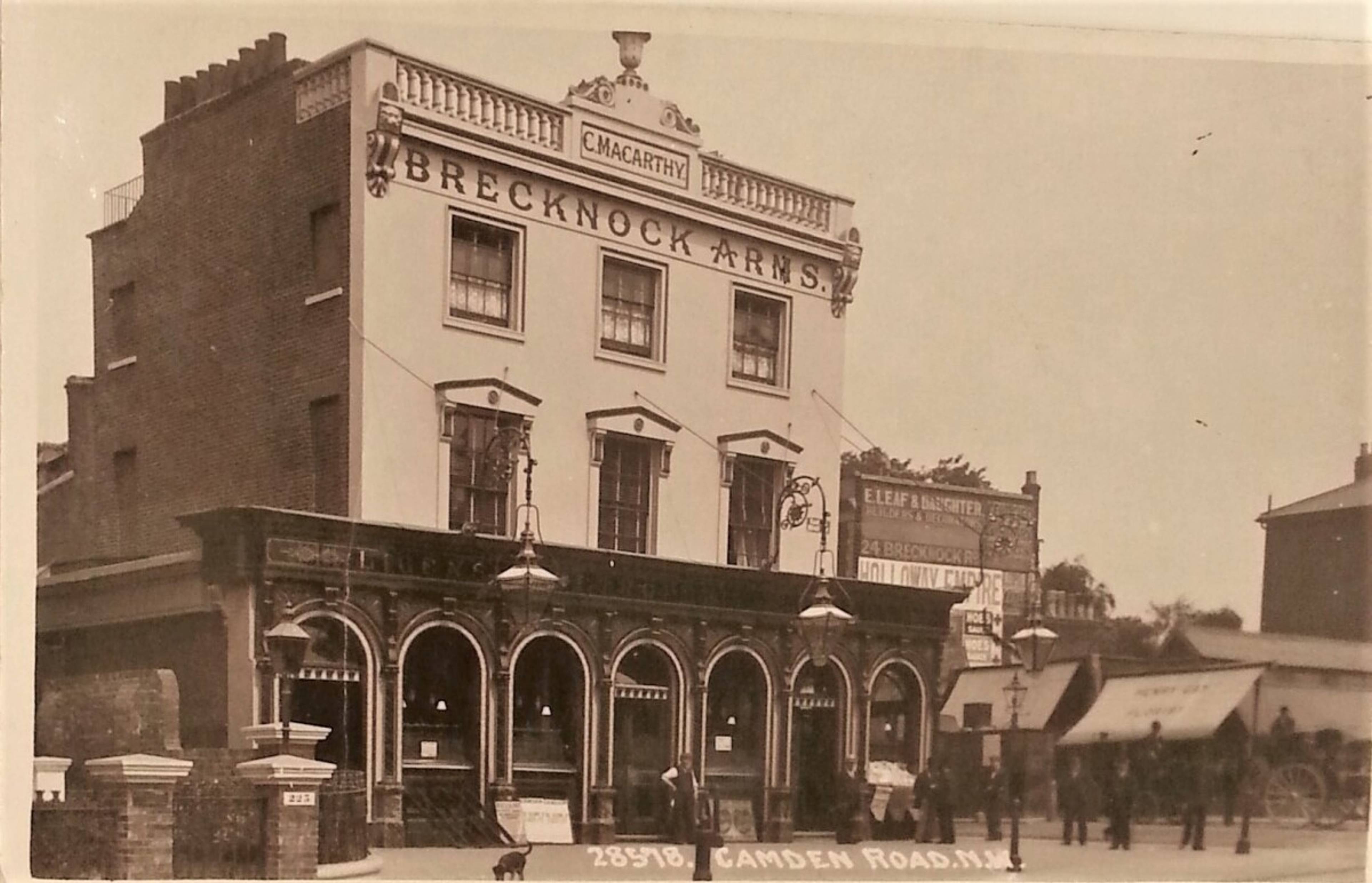
The lack of infrastructure was stark. Streets flooded during heavy rains; refuse piled up in alleys; and diseases spread rapidly.
Taverns like the Brecknock Arms offered workers respite after long days labouring in factories producing sewing machines and other goods along Hampstead Road.
Despite these conditions, Agar Town had a strong sense of community, with local shops and informal schools emerging organically.
A small church, St Paul’s, served the spiritual needs of the local population, anchoring the tight-knit community before redevelopment swept it away.
Railways, demolition, and displacement
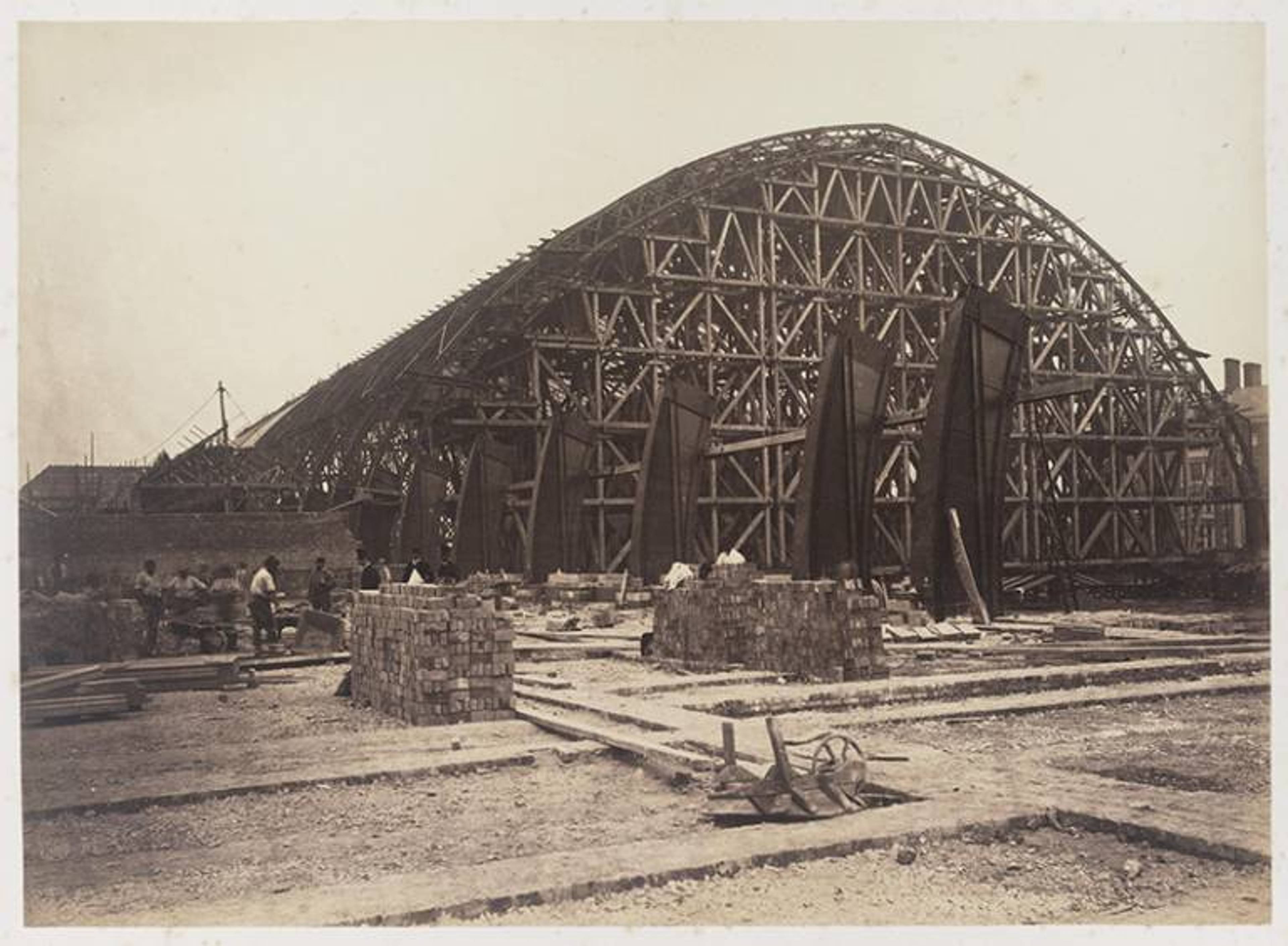
By the 1860s, the city’s obsession with rail expansion reached fever pitch. The Midland Railway needed a site for its grand London terminus, which would become St Pancras Station.
Agar Town, seen as expendable due to its poverty, was compulsorily purchased and rapidly demolished.
The construction of the Midland Railway line had a significant impact on the surrounding area, transforming it dramatically.
The development of the Underground Railway network during the late nineteenth century further intensified the transformation of Camden.
Key transport hubs like King’s Cross and Mornington Crescent emerged, reshaping the landscape and displacing thousands.
The Midland Railway tracks passing under the North London Railway and the churchyard of Old St. Pancras highlighted the extensive changes brought by the railway's construction.
The community was uprooted with little compensation. Some moved north toward Camden Square and Kentish Town, while others dispersed further afield.
Only fragments of the original Agar Town remained: street names like Randolph Street, Pratt Street, and traces along Great College Street whispered of what had once been.
The cleared land became dominated by railways, sidings, and warehouses.
The south east corner around Maiden Lane thrived with goods yards, while the east side nearer to York Way retained a strong industrial identity for decades.
Meanwhile, thoroughfares like Camden High Street and Euston Road remained crucial arteries feeding London’s growing economy.
Victorian and Edwardian development

Throughout the late nineteenth century and early twentieth century, the surrounding areas experienced waves of gentrification and slum clearance.
Developers affiliated with landlords like the Bedford Estate and influenced by figures such as the Earl Camden introduced better-quality terraced housing for the middle classes.
While parts of Camden adapted and modernised, Agar Grove remained largely industrial until after the Second World War.
It was a district marked by its utilitarian character—warehouses, factories, rail yards, and cramped workers’ housing along major routes like Crowndale Road.
Institutions like the Working Men’s College and the Royal Veterinary College gradually began to elevate Camden’s social profile, and the bustling markets of Camden Town became central to local life.
Post-war Camden—Rebuilding the community
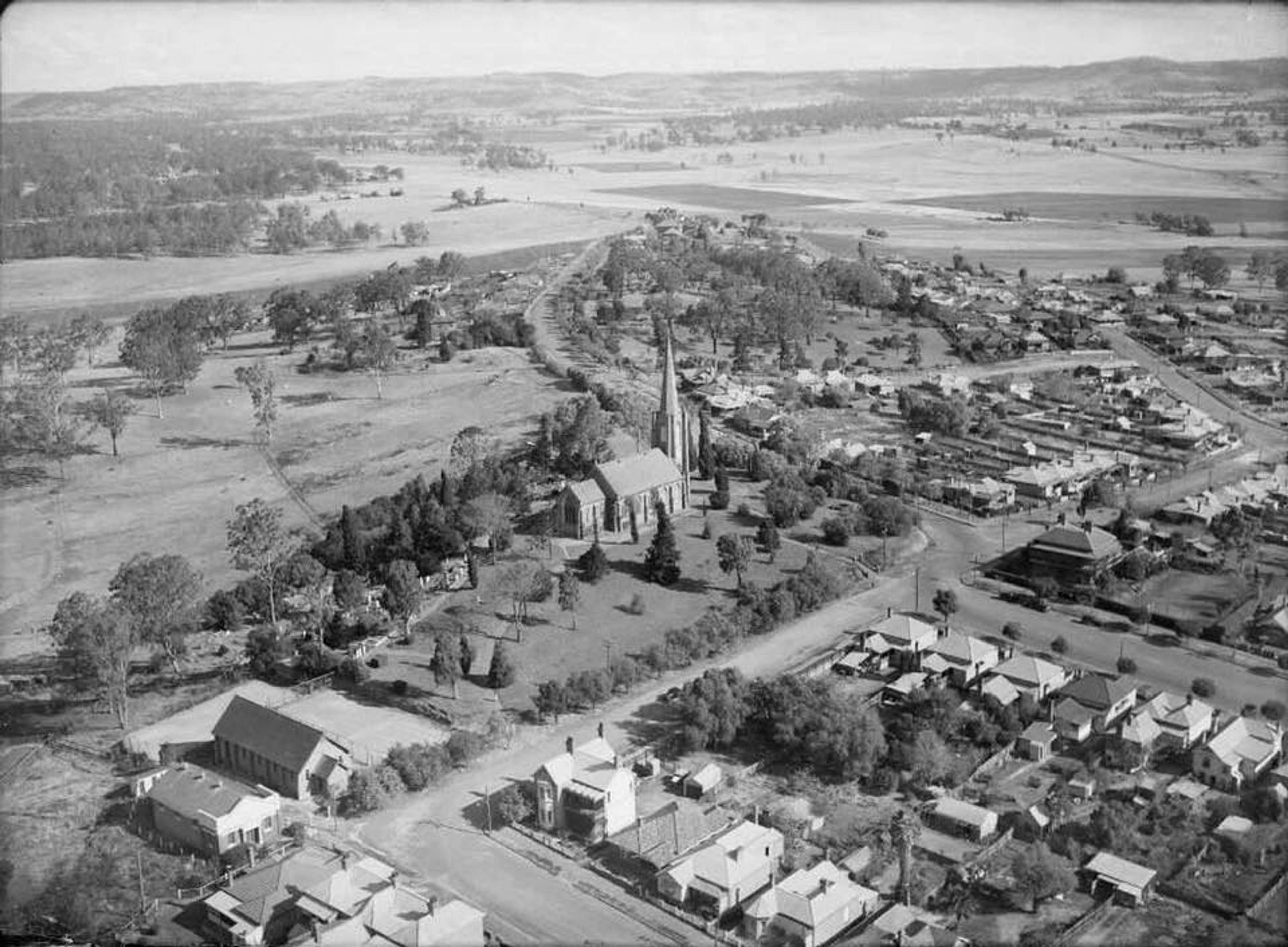
The Second World War left vast areas of London in ruins, and Camden was no exception.
Heavy bombing destroyed swathes of housing between King’s Cross, Camden Town, and Euston Road, leaving behind derelict streets, fractured communities, and a desperate shortage of family homes.
St Paul's Road, which underwent a name change to Agar Grove in 1938, played a significant role in documenting the Camden area's urban development, highlighting its residential transformations and sociocultural implications.
By the early 1940s, even before the war had ended, British urban planners and government officials were already imagining a new future for the city.
The devastation created an opportunity—and an imperative—to rethink urban living from the ground up.
Nationally, this ambition was formalised through a series of bold post-war policies:
The 1944 Housing (Temporary Accommodation) Act sought immediate solutions to the crisis.
The 1947 Town and Country Planning Act granted local councils unprecedented powers to redesign urban landscapes, enforcing zoning, compulsory purchase orders, and large-scale redevelopment schemes.
The broader welfare state ethos promoted by the 1945 Labour government encouraged councils to take an active role in providing good-quality homes for working people.
Camden Council, created by the merger of several smaller boroughs, quickly embraced this vision.
Like many local authorities in London, Camden was tasked with not only replacing bombed housing but also clearing out the pockets of poor, overcrowded accommodation that had survived the war but were no longer fit for habitation.
Early life on the estate was promising. Community spirit flourished around new local amenities, and roads like Barker Drive provided safer, more open environments compared to the cramped alleys of old Agar Town.
The land once known as Agar Town—derelict for decades, semi-industrial, riddled with ageing warehouses—offered the ideal blank canvas for regeneration.
Why Agar Grove?
Several factors made Agar Grove a prime site for redevelopment:
It was located close to King’s Cross and Camden Town, two critical hubs for employment, transport, and commerce.
The surrounding infrastructure, including Regent’s Canal and new Underground lines, meant the area was well connected.
Much of the land was already owned by public bodies or railway companies, making compulsory purchase simpler.
Symbolically, redeveloping an area like Agar Grove represented the wider promise of post-war Britain: the ability to turn derelict, neglected spaces into healthy, modern communities.
The urban planning philosophies of the time, heavily influenced by the likes of Patrick Abercrombie's 1943 County of London Plan, pushed for:
Zoning – separating industrial, residential, and commercial areas to create healthier living environments.
Decongestion – reducing inner London’s dense population by relocating or rebuilding entire communities.
Green spaces – integrating parks and communal gardens into new developments.
Modern amenities – ensuring every home had access to running water, indoor plumbing, and heating.
Agar Grove’s redevelopment became a symbolic project for Camden, transforming a landscape tied to the overcrowded, unsanitary conditions of the nineteenth century into a beacon of post-war progress and hope.
The process of transformation
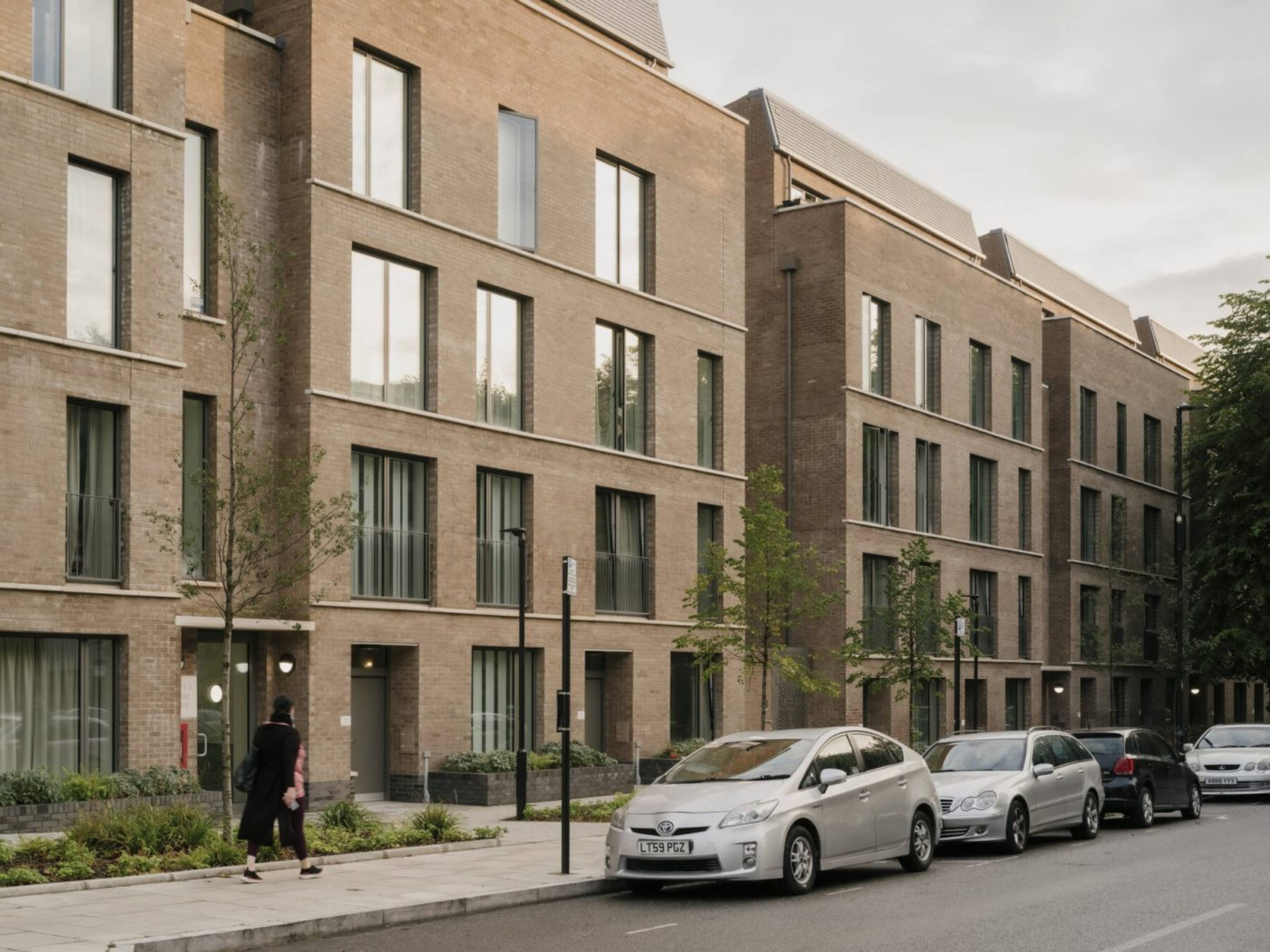
Planning for the Agar Grove Estate began in earnest in the late 1940s, although most construction took place between the 1950s and 1970s.
Camden’s architects and planners envisioned a new kind of community—one that would correct the failures of the Victorian era by providing well-planned, hygienic, and affordable homes for working Londoners.
Public engagement was minimal compared to today’s standards; most residents simply accepted the changes as part of the broader movement toward post-war rebuilding.
Blocks like Lulworth House were built to accommodate family homes, offering more generous layouts, private bathrooms, and access to communal gardens and green spaces.
There was a strong sense of collective purpose: London needed to heal, and estates like Agar Grove were critical to that process.
Throughout Camden, similar transformations were underway:
Slums in Somers Town and Gospel Oak were being cleared.
New estates rose in areas damaged along Euston Road and Hampstead Road.
Camden’s planning department began to gain a national reputation for progressive housing design, a reputation that Agar Grove would later inherit and adapt for the 21st century.
In this wider context, Agar Grove’s redevelopment wasn’t just about building homes—it was part of an ambitious social engineering project to create healthier, more equitable cities for post-war Britain.
Planning and design principles
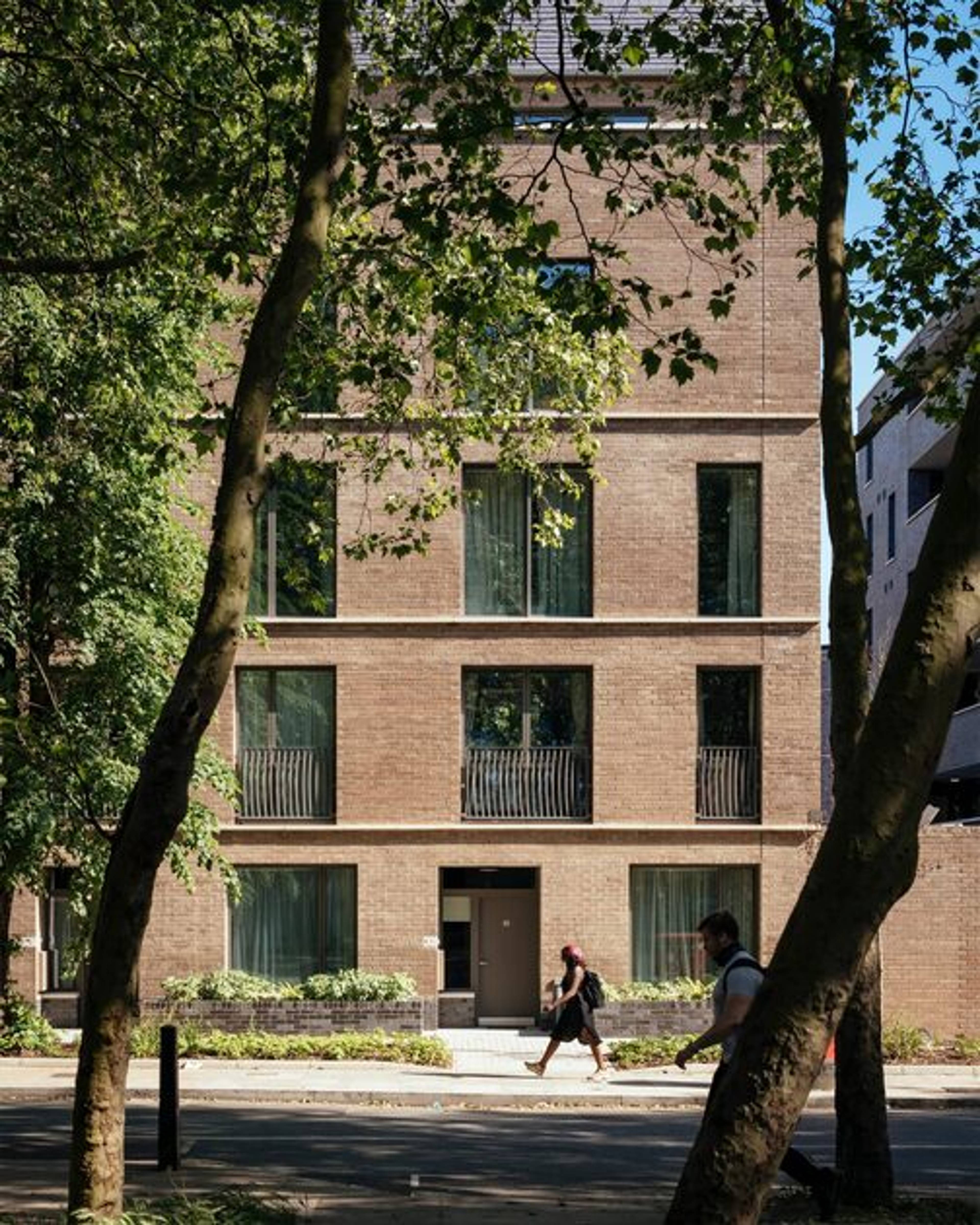
The planning and design principles for Agar Grove, a district in Camden Town, are deeply rooted in its rich history while embracing modern sustainable development.
The area’s transformation from its 19th-century origins to a contemporary urban neighbourhood reflects a commitment to preserving its unique character while promoting modernisation.
Community engagement has been a cornerstone of the planning process, ensuring that the needs and concerns of residents are addressed.
This collaborative approach has resulted in a design that reflects the community’s aspirations and preserves the area’s historical elements, including its association with the Midland Railway and the North London Railway.
The design principles prioritise energy efficiency, sustainability, and environmental performance, reflecting Agar Grove’s commitment to reducing its carbon footprint and promoting eco-friendly living.
The area’s cultural diversity, showcased through a mix of Victorian and modern architecture, has inspired the creation of public spaces that celebrate the district’s history and creativity.
Overall, the planning and design principles for Agar Grove have been shaped by its unique character, history, and community, resulting in a distinctive and thriving district that showcases the best of Camden Town.
Conclusion
The history of Agar Grove reflects London’s constant evolution.
Each phase—industrial growth, post-war rebuilding, and modern regeneration—has left its mark.
Today, Agar Grove offers residents energy-efficient homes, excellent connectivity, and a strong sense of community, while still bearing traces of its layered past.
As Camden moves forward, Agar Grove stands as an example of how thoughtful redevelopment can transform neglected spaces into vibrant, sustainable neighbourhoods fit for the future.
If you're planning a move to Agar Grove, don’t miss HOLD’s Moving House Checklist—a complete guide to making your move smooth, organised, and stress-free.
Moving to Agar Grove? We’re here to help.

Looking for convenient storage near Agar Grove? HOLD Self Storage offers affordable climate-secure units just minutes away, perfect for students, families, and businesses alike.
Whether you're decluttering your current space, preparing for a full house move, or simply need somewhere safe to store your belongings, we provide flexible solutions tailored to your needs.
With 24/7 monitored facilities and easy access from Camden Town and King’s Cross, HOLD is the trusted choice for safe, reliable storage in central London.
For eco-friendly moving supplies, visit our box shop for biodegradable packing materials and sturdy moving boxes.
Get your free quote today.
Frequently asked questions
When was the Agar Grove Estate built?
The estate was constructed between the 1950s and 1970s during Camden’s post-war rebuilding efforts.
What existed on the site before the estate?
Before redevelopment, the area was home to Agar Town—a poorly constructed Victorian slum demolished in the 1860s to make way for railway expansion.
How can HOLD Self Storage help me move to Agar Grove?
HOLD Self Storage offers secure, affordable units ideal for temporary or permanent storage during your move. Plus, our box shop has all your moving supplies covered.
Where can I buy moving boxes and supplies for my move to Agar Grove?
You can purchase eco-friendly moving boxes, tape, and protective materials from our HOLD box shop, located near Camden.
Is Agar Grove a good place to live today?
Yes—with sustainable new homes, excellent transport links, vibrant Camden culture, and green spaces like St Paul’s road and Camden Square, Agar Grove offers one of the best urban living experiences in London.

